Interview Patrick Kasingsing
Images Ishinomaki Lab


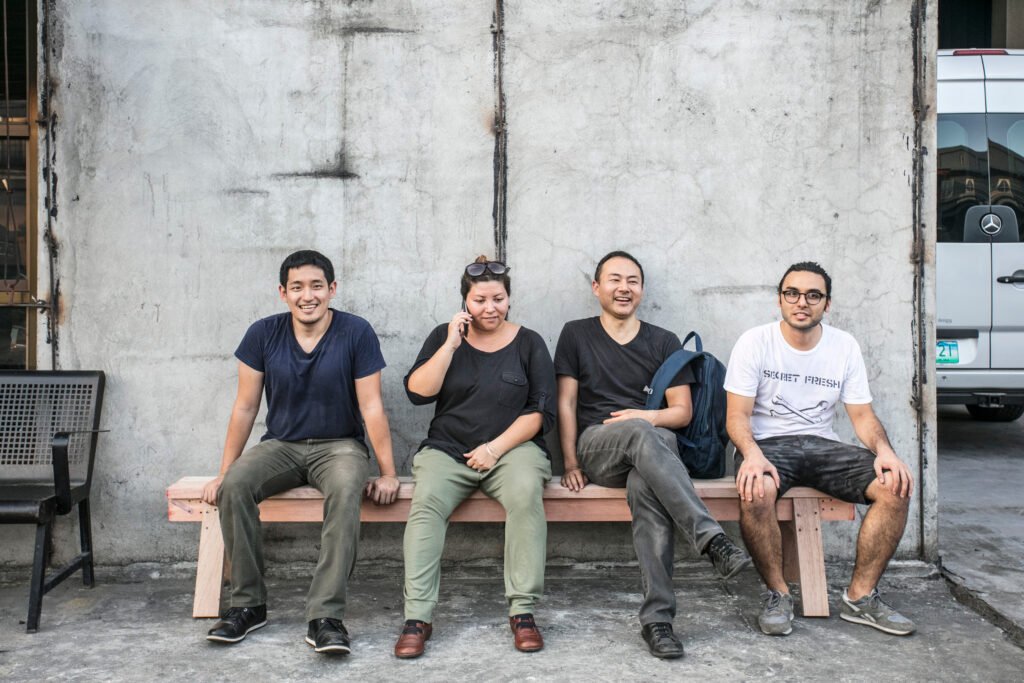



Hello! Please introduce yourself.
Hi! My name is Takahiro Chiba, and I am the workshop leader and one of two managing directors at Ishinomaki Laboratory.
What is Ishinomaki Lab, and how did it come to be?
Ishinomaki Laboratory is a furniture workshop that draws on the skills and spirit of DIY. Founded in 2011, the workshop was set up in the coastal area of Ishinomaki, Miyagi, which was devastated by the tsunami triggered by the Great East Japan Earthquake. In the beginning, Ishinomaki Laboratory began as a community space where residents in the disaster area could freely access materials and tools—as provided by designers and volunteers led by Tokyo-based architect Keiji Ashizawa—in order to conduct their own repair work.
What is the initiative’s end goal? Would you say that you are still working for, or have exceeded what you set out to accomplish?
One central, overarching mission of ours is to spread the spirit of DIY and design throughout the world. Our experience running the laboratory revealed two major learnings: the importance of DIY as a necessary survival skill after a disaster, and of the potential and added value design brings in helping uplift and improve lives. In order to accomplish our goals, however, we need to push forward and keep growing Ishinomaki Laboratory so that it becomes a more sustainable business.
You started out as a sushi chef before the founding of the Lab. What fueled the desire to venture into furniture-making?
Since I was a child, I’ve always been interested in ‘monozukuri’, spending my free time making and assembling things with my hands. It just so happened that after the disaster there was a need as well as an opportunity to get into furniture-making. Over the years, I have arrived at a personal understanding of what design is, and it is an act of problem-solving that when combined with DIY can really have a profound impact on our lives.



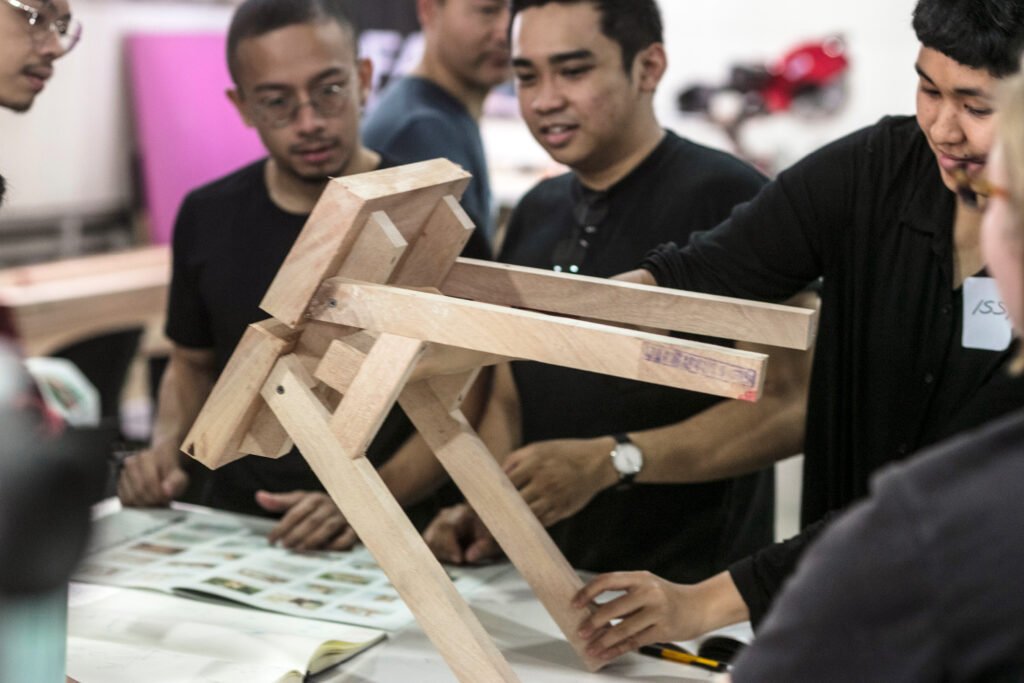
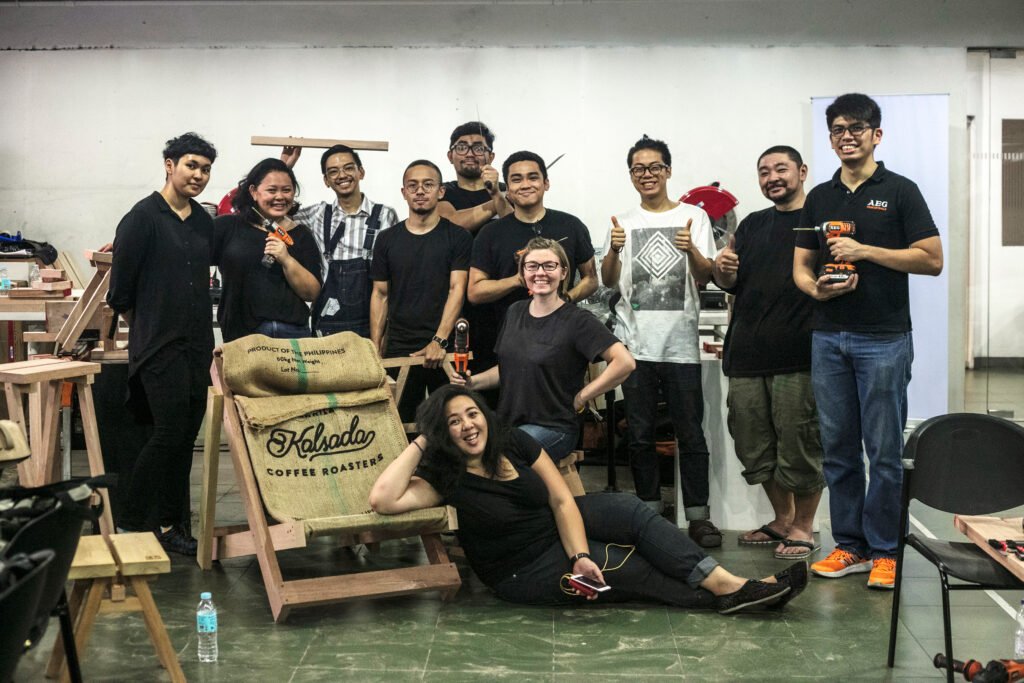
How does the Lab foster knowledge of furniture creation? How can an interested student join in? Is prior knowledge of furniture-crafting a requirement?
We run regular DIY woodworking and furniture-making workshops in Ishinomaki and Tokyo and have had the opportunity to conduct them internationally in the Philippines, Taiwan, France and Singapore. Our workshops can be tailored to all skill and age levels as we believe anyone can benefit from learning basic skills of DIY and being exposed to learning how to make things by hand. Unlike the current trend of technology in fabrication, exemplified by the proliferation of 3D printers and laser cutters, we really champion the idea of low-tech as an accessible and realistic method for anyone to pick up.
Where do you plan to take Ishinomaki Lab in the future? Any future projects and initiatives that you can share with us?
Compared to other furniture makers, where we really differ is the fact that we can directly work with individuals and organizations by holding these workshops where participants can learn and experience DIY and furniture-making themselves—the same way we started off as well. These activities are never a one-way dissemination process, but a mutual exchange. We are continuously amazed by the quality of designs that are born from these workshops, as well as inspired by the work conducted by the people we meet. These unique experiences and visits fuel us in our daily work, which is why we would like to deepen our relationship with the Philippines and Southeast Asia as a whole.
The Lab grew out of compassion in the aftermath of a tragedy. What can you say is the effect of the Lab on the disaster-struck community? How did it contribute to the community’s resurgence and healing process?
You can argue that Ishinomaki—similar to other areas that were hit by the disaster—is still in the process of ‘healing’ and ‘recovery’, depending on how you define those words. There were still people living in temporary housing even ten years after the Hanshin Earthquake that struck Kobe in 1995. Our role has shifted from solely disseminating DIY skills amongst the residents and renovating local stores to becoming a furniture brand that can act as a symbol for the new post-disaster Ishinomaki and the region. Through our products, we hope we can slowly change the image of Ishinomaki to one that is creative, design-oriented, and connected with the world.
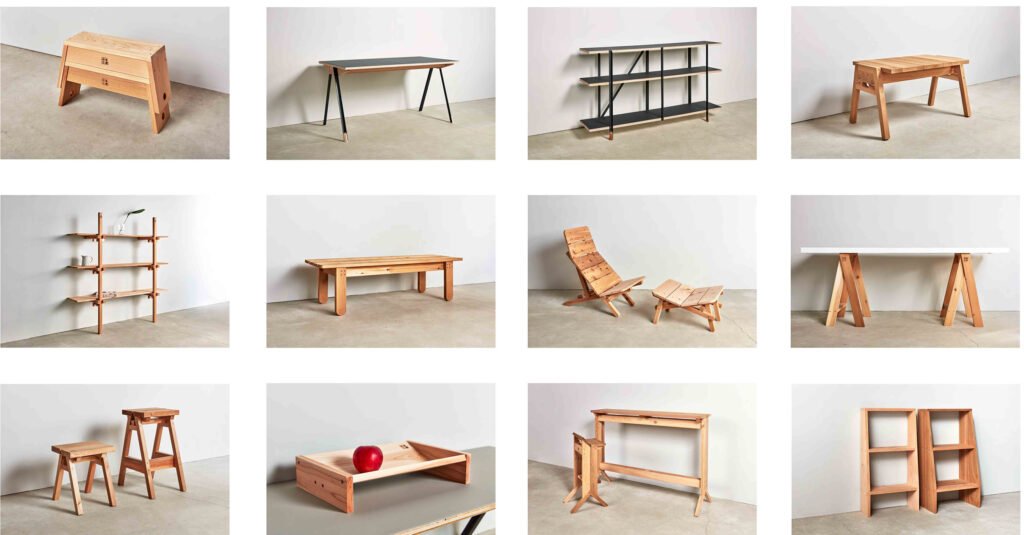

“One central, overarching mission of ours is to spread the spirit of DIY and design throughout the world.”
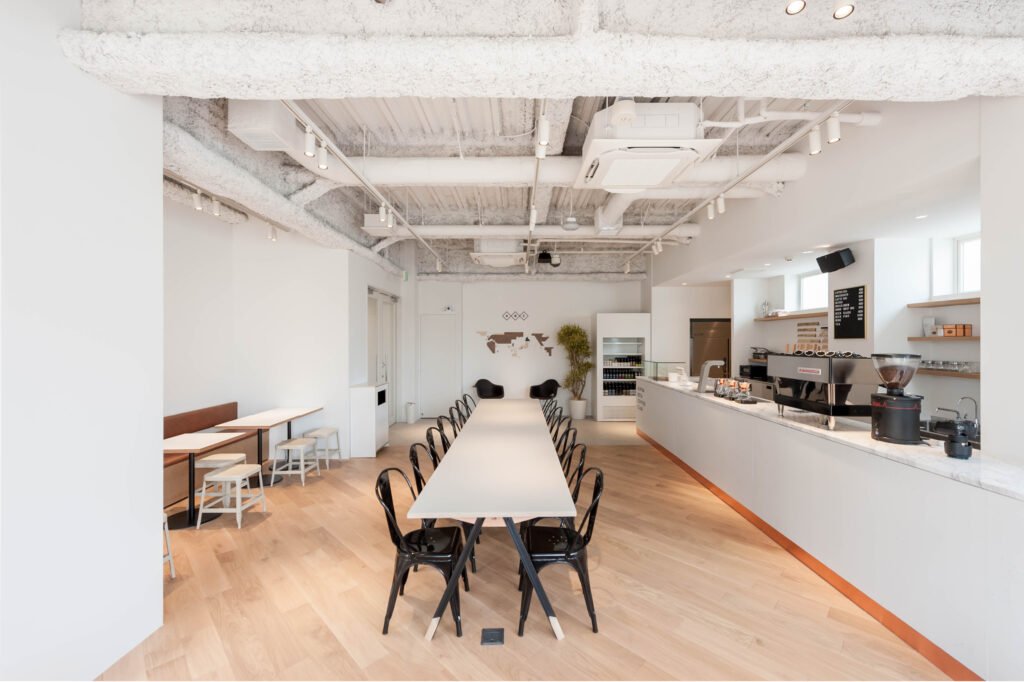



Cultural barriers in the realm of design are blurring at a rapid pace. What quality of the designs of your furniture would you say is singularly Japanese?
Our products are simple, but not for simplicity’s sake! Inspired by the challenge of maximizing the shortage of resources—materials and professional skills—stemming from the earthquake, our furniture is utilitarian, yet functional and attractive as a result of the design and fabrication process. The designs are not only rooted in meeting real human needs but also have a unified aesthetic because they all share the same language of materiality and creation.
What is the Lab’s design credo?
When we work with designers, we first tell them what kind of materials, tools, as well as production processes we possess. While we have slowly upgraded our skills and machines, the basic design philosophy has not changed—by only having constraints imposed in terms of materials, sizes, and techniques can we truly arrive at something that is functional and simple in substance and not in name only.
What would you say is the most important insight that you gained in starting this initiative?
What “the devil is in the details” really meant is what I have come to understand more since Ishinomaki Laboratory started. My eyes are now more drawn to places and details that are normally unseen or left hidden. For example, I will stop by any made object that catches my eye and then figure out the structure and how it is assembled.
The initiatives of the Lab, visiting and organizing furniture workshops in various cities like Manila, is admirable in its goal to spread knowledge, awareness, and talent. What would you say are the positive effects of this open cultural exchange, especially in the face of widespread racism and cultural oppression in the world today?
Our workshops in the Philippines would not have been possible without the Japan Foundation Manila, which has generously supported our activities and connected us with key players to collaborate with. One of the things that have consistently come up as we reflect on our experience after the disaster is that we believe in the universality of DIY, design and its possibilities, in changing individuals and communities. While our story may be unique, we see it as a potential model for disaster-prone regions, which is why we traveled to the island of Bohol in 2016 to conduct a series of workshops there, as well as areas undergoing urban and regional revitalization, such as Escolta and Kapitolyo. Each context has unique conditions that need to be dealt with, but the empowering aspect of learning DIY skills is undeniable. We hope that people take these skills and attitudes to positively contribute to their lives, families, and eventually communities. •
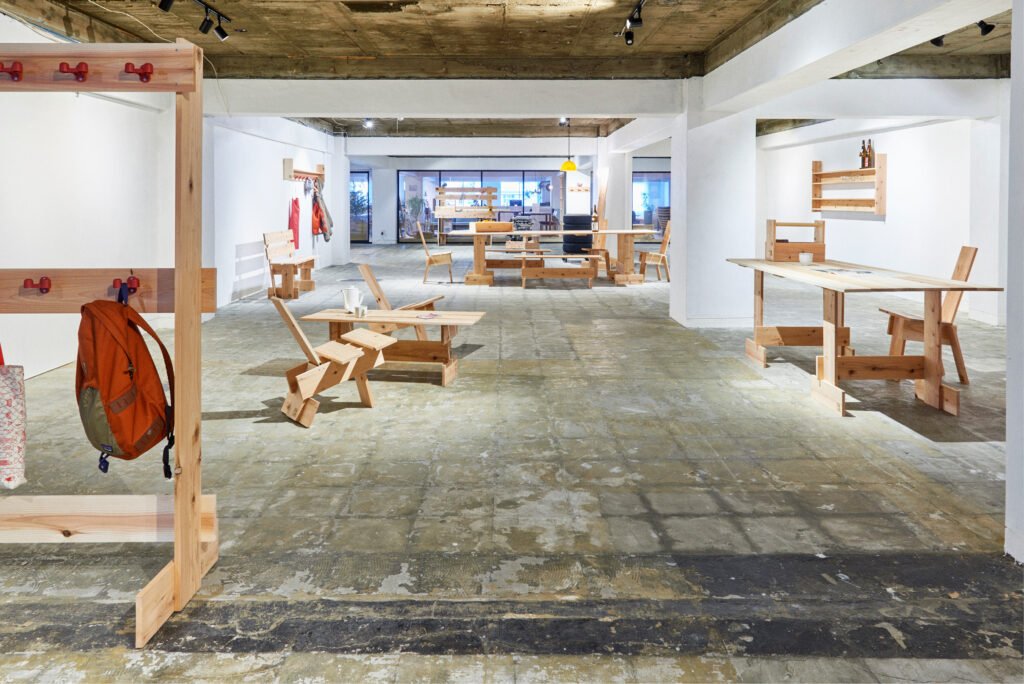

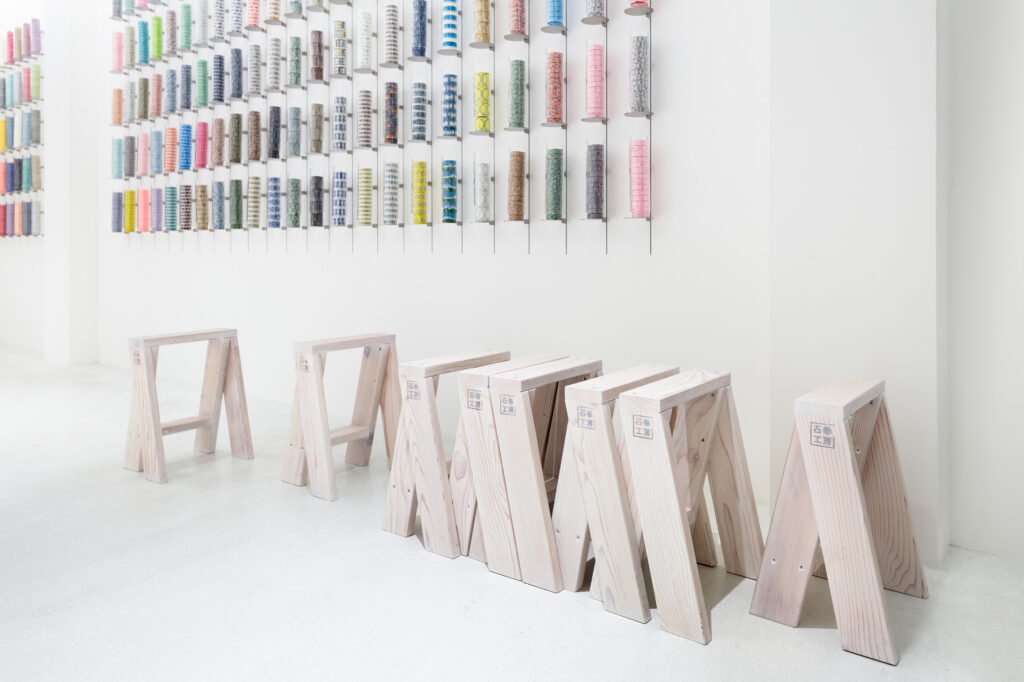

Uplifting communities one DIY furniture at a time at @ishinomakilab or visit ishinomaki-lab.org
*Originally published in Kanto No. 3, 2017. Edits were made to update the article.
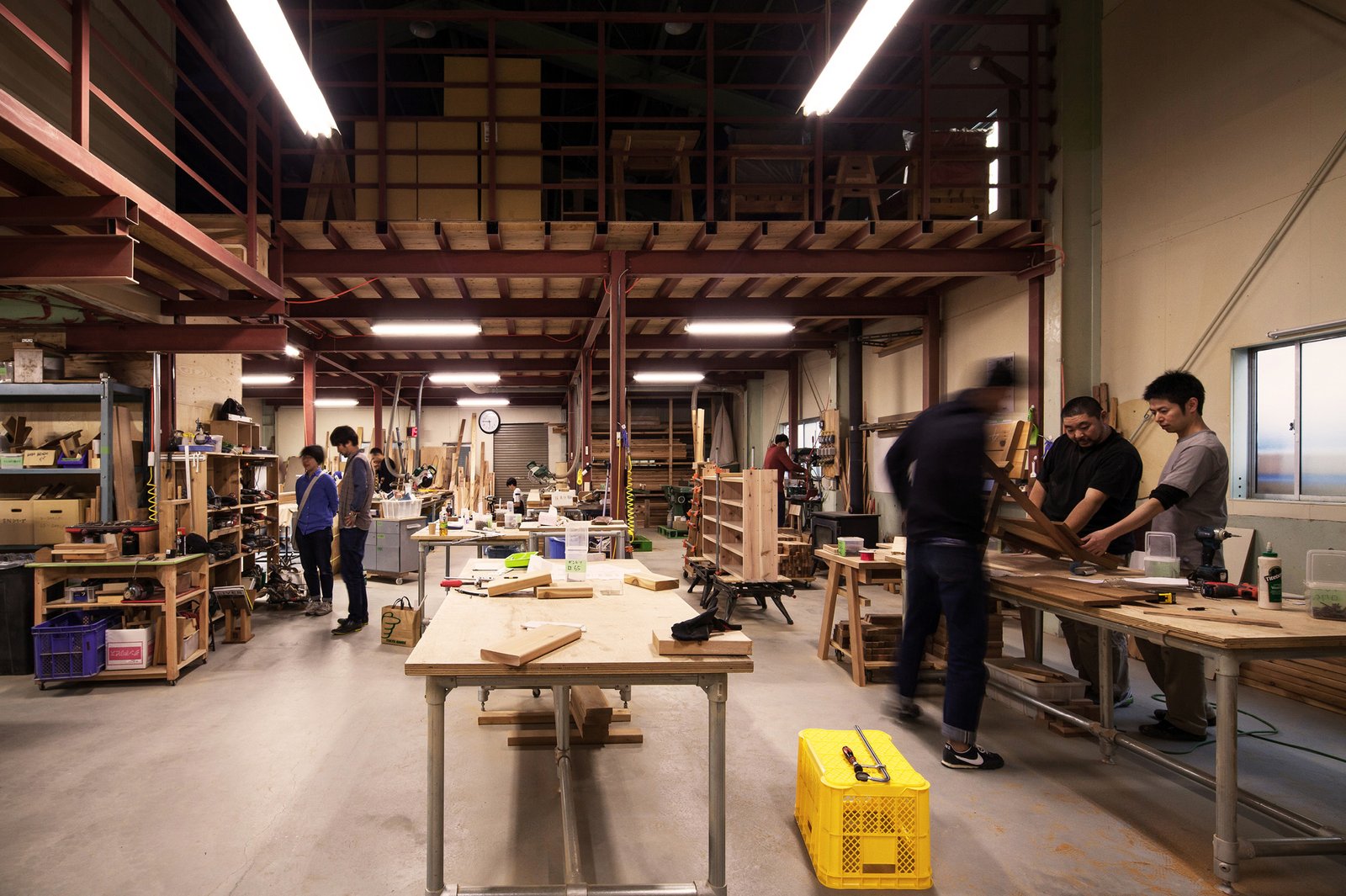

One Response